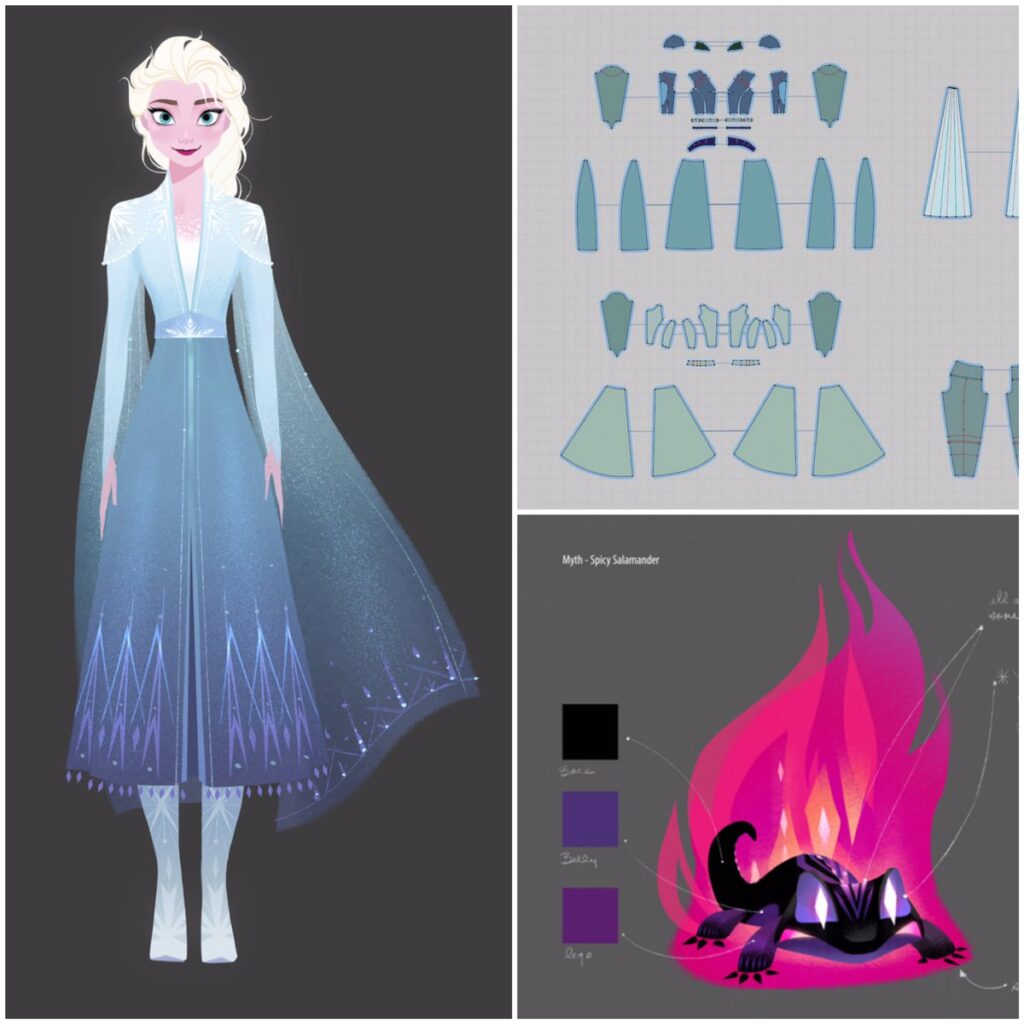Visual effects (VFX) are an essential element of the gaming industry as they create immersive experiences that engage players. VFX includes special effects, animation, and other visual elements that enhance the realism of a game. Creating VFX in video games requires a combination of creativity, technology, and a deep understanding of game design, and developers use game engines, textures, materials, lighting, and VFX to create realistic environments. The future of VFX in gaming is exciting, with advancements in technology allowing for even more immersive experiences. AI, machine learning, and cloud computing will also impact VFX in gaming, creating more realistic characters and expansive environments.
The Magic Behind the Scenes: Visual Effects in the World of Gaming
The world of gaming has come a long way since the days of 2D graphics and simple gameplay. Technological advancements have made it possible for developers to create visually stunning virtual worlds that leave players in awe. The use of visual effects in gaming is an essential element that not only enhances the player’s experience but also adds to the overall dynamics of the game. In this article, we’ll be taking a closer look at the magic behind the scenes- Visual Effects in the World of Gaming.
Introduction: The Relevance of Visual Effects in Gaming
Visual effects (VFX) are essential elements in the gaming industry, as they help create immersive experiences that engage players deeply. VFX includes special effects, animations, and other visual elements that enhance the realism of a game. Visual effects go beyond aesthetics; it creates the visual language of a video game.
In essence, VFX is the “magic” behind the visuals of a game. It takes a lot of time and effort to create realistic visuals in video games that mimic real-life environments.
The Creation of Visual Effects in Gaming
Creating VFX in video games requires a combination of creativity, technology, and a deep understanding of game design. To create immersive and realistic environments, game developers have to rely on various technologies and software programs.
Video game engines: Game engines are tools that help game developers create games. It is a software framework with a set of functionalities that enable developers to create games. Game engines like Unity, Unreal Engine, and CryEngine, among others, are tools that game developers use to create virtual worlds. These engines have a set of tools that enable game developers to create realistic environments.
Textures: Textures are digital images used to create materials in 3D models. They are like a skin that wraps around objects in a game. Texturing is used to add details, patterns, and colors to objects in the environment.
Materials: Materials are made up of textures and tell the game engine how light should reflect off objects in the game. The combination of textures and materials produce realistic surfaces that make objects look like they have weight, depth, and texture.
Lighting: Lighting in gaming is as important as it is in cinematography. It plays a significant role in determining a game’s atmosphere, mood, and lighting helps the players navigate the game’s environment. Developers can use dynamic or static lighting to set the mood and create realistic environments.
Visual Effects: Finally, visual effects are the icing on the cake when it comes to creating a realistic virtual world. VFX is responsible for creating action scenes, explosions, weather effects, and much more. These elements add to the overall game experience and create a sense of immersion for the player.
The Importance of Visual Effects in Gaming
Visual effects, as stated earlier, are an essential element of gaming. It is a vital part of game design, and it brings characters and environments to life, adding realism and immersion that makes it harder for players to leave the game.
Take, for instance, weather effects. Weather effects, such as rain or snow, can change the mood and create a realistic environment that makes it easier for players to immerse themselves in the game. Lighting can also set the stage for a game, creating a mood that draws the player into a game’s virtual world.
Furthermore, visual effects help game developers create and visualize new ideas, aiding in the development of innovative new games.
The Future of Visual Effects in Gaming
The future of visual effects in gaming is exciting. Advancements in technology have made it possible for developers to create realistic and detailed environments. With the advent of virtual and augmented reality, visual effects will become even more immersive, and players will become more involved in the game’s virtual world.
Moreover, AI, machine learning, and cloud computing will also have a significant impact on visual effects in gaming. With the help of AI and machine learning, developers can create more realistic characters, and with cloud computing, developers can create games with more expansive and detailed environments.
Conclusion
Visual effects are essential in the world of gaming. It creates an immersive environment that draws the player into the game’s world, creating a sense of excitement and anticipation. The use of visual effects, along with other game design elements, provides an enjoyable and satisfying game-playing experience that players will keep coming back for.
The future of visual effects in gaming is exciting, and it will only get better as technology continues to advance. We have only scratched the surface of what is possible in the world of gaming, and with the continued growth, we can expect to see even greater things. With the magic behind the scenes of visual effects, the world of gaming will continue to thrill and captivate players around the world.
